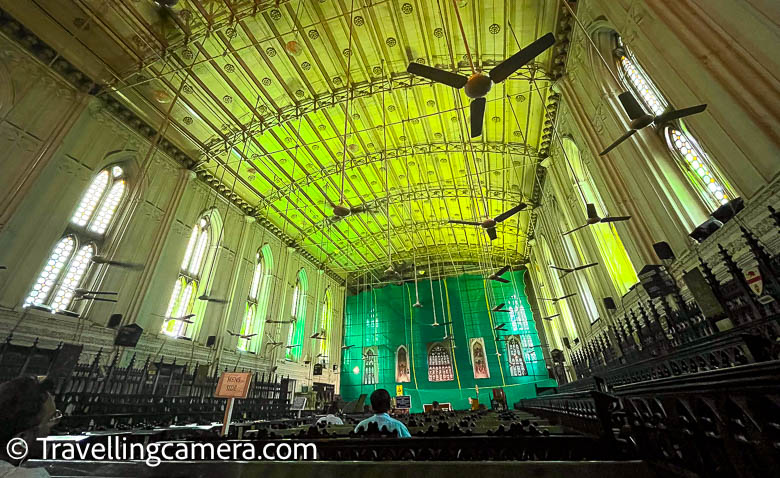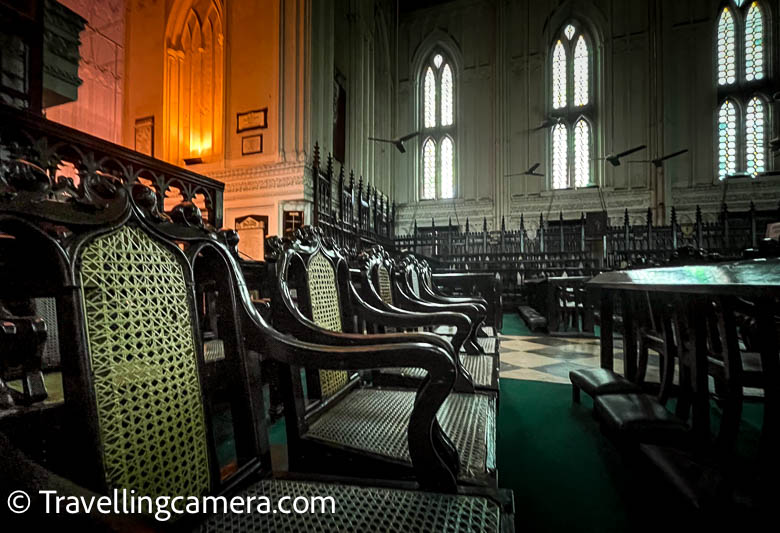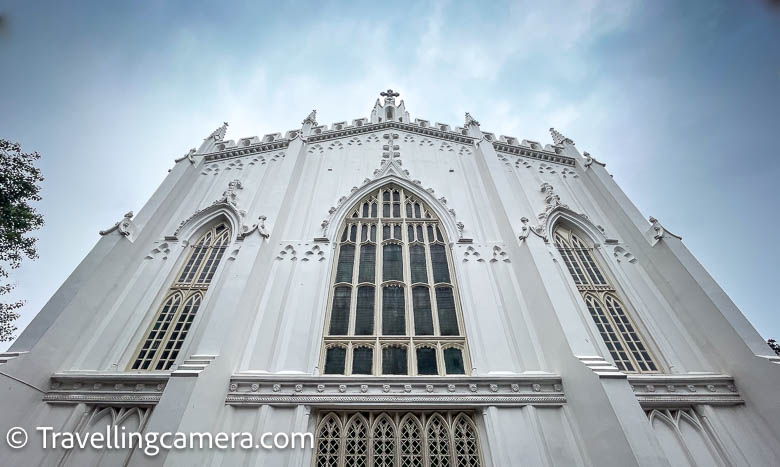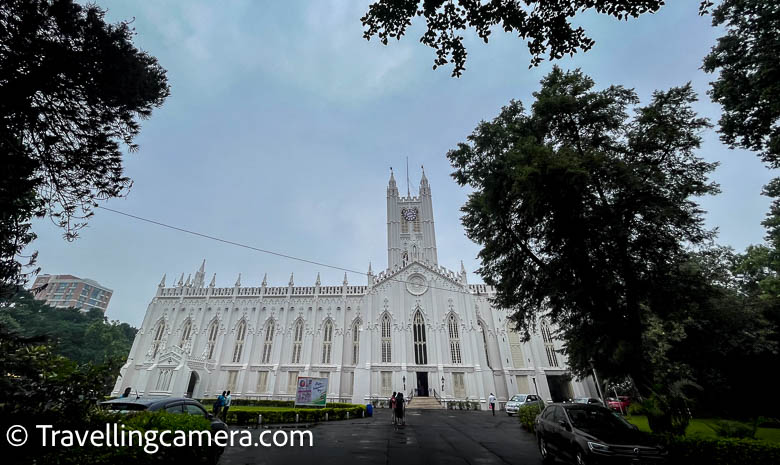In the heart of Kolkata, India, a silent sentinel of history and spirituality stands tall against the passage of time. St. Paul's Cathedral, often referred to as the "Mother Church of the Diocese of Calcutta," is a resplendent embodiment of faith and architectural brilliance that has graced the cityscape for well over a century. Join us on a journey through the annals of history and the marvels of architecture encapsulated within the sacred walls of St. Paul's Cathedral, Kolkata.
A Historical Odyssey: The genesis of St. Paul's Cathedral traces back to 1839 when its foundation stone was reverently laid. A testament to unwavering devotion, the cathedral was consecrated in 1847, after eight years of meticulous craftsmanship. The artistic vision of William Nairn Forbes, a military engineer, breathed life into this architectural gem under the vigilant eye of Major William Wilson. The cathedral's architectural style is a harmonious fusion of Indo-Gothic elements, seamlessly blending the mystique of Gothic Revival with a dash of indigenous inspiration.
Architectural Splendor
Gothic Revival Resplendence: St. Paul's Cathedral is a masterpiece of Gothic Revival architecture. It proudly exhibits the hallmark features of this style—pointed arches, ribbed vaults, and soaring buttresses. The presence of lancet windows, spires, and pinnacles imparts an air of medieval European cathedrals.
Stained Glass Kaleidoscope: The cathedral boasts an exquisite array of stained glass windows, each a narrative in itself, unraveling biblical stories or capturing profound religious motifs. When sunlight dances through these intricate glassworks, the interior is bathed in a mesmerizing, ever-changing tapestry of colors.
The Tower of Bells: The cathedral's bell tower stands tall and proud, cradling a peal of eight bells installed in 1874. Among them, the colossal "Great Tom" bell, weighing a staggering 4 tons, resonates far and wide, echoing its deep tones across the city.
A Monumental Edifice: St. Paul's Cathedral stands as an imposing presence, its dimensions commanding respect. With a length of 247 feet, a width stretching to 81 feet, and a soaring height of 201 feet, it ranks as one of Kolkata's most substantial and awe-inspiring architectural achievements.
Historical Reverence : St. Paul's Cathedral has borne witness to an array of historical events. During the tumultuous years of World War II, it provided sanctuary to the city's populace during air raids. The church also stands as a poignant memorial to the brave souls who sacrificed their lives in the First and Second World Wars, their names etched in plaques and inscriptions throughout the hallowed interior.
Preservation and Renaissance : The cathedral has undergone several meticulous restoration endeavors over the years, preserving its timeless grandeur. The most extensive renovation, undertaken in the latter half of the 20th century, ensured that St. Paul's Cathedral remains not just a relic of the past, but a vibrant and accommodating place of worship for modern devotees.
A Cultural Beacon : Beyond its religious significance, St. Paul's Cathedral has evolved into a cultural nexus within Kolkata. The cathedral hosts an array of events, from soul-stirring concerts and art exhibitions to enlightening lectures, rendering it a dynamic and inclusive space catering to individuals of diverse backgrounds.
St. Paul's Cathedral, Kolkata, is not just a place of worship; it's a living embodiment of the city's rich historical tapestry and cultural tapestry. Its resplendent architecture, kaleidoscopic stained glass, and profound historical relevance make it a must-visit destination for travelers and a cherished symbol of devotion for Kolkata's denizens. As it continues to grace the ever-evolving Kolkata skyline, St. Paul's Cathedral remains an enduring source of inspiration, beckoning all who seek solace, beauty, and spirituality.


























.jpg)
Comments